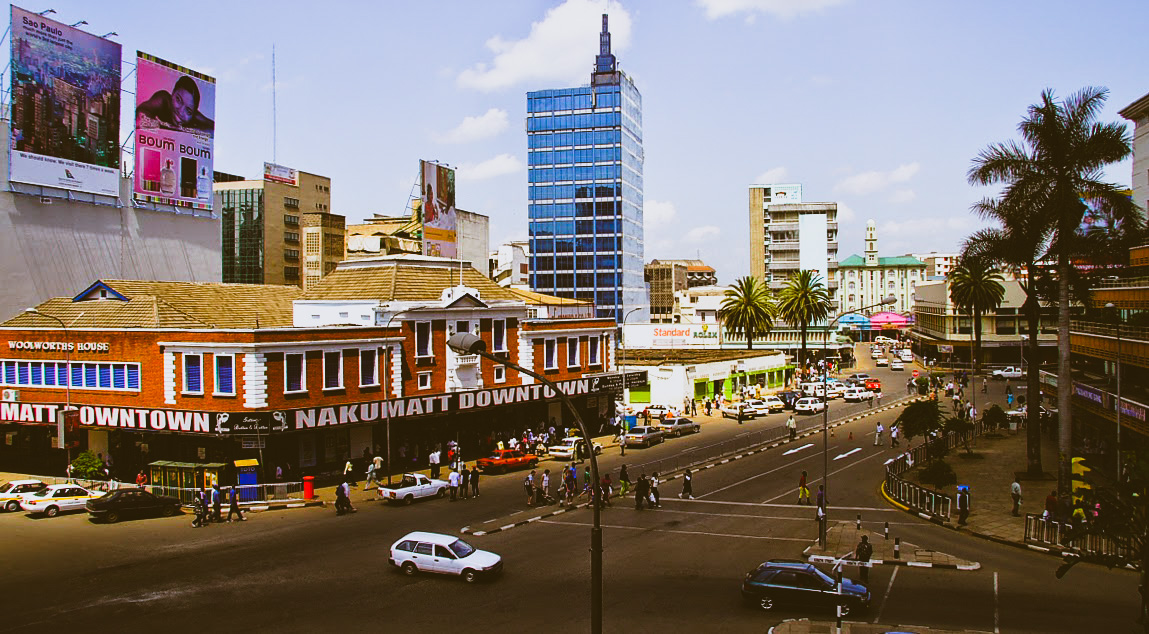An inquest involving the death of 30 people at Nakumatt Downtown supermarket 13 years ago has been ordered closed, Kenya’s criminal court said Friday in its judgement.
Chief Magistrate Francis Andayi, in his judgement, said the fire that caused deaths, serious injuries and damage to property at the supermarket on January 28, 2009, he could not ascertain that it was deliberate.
In his findings from witness testimonies, the Magistrate said there was no evidence to suggest “This was deliberately lit”. He said he could not conclude the exact cause of the fire on the balance of probabilities as no scientific investigations were conducted to determine the cause.
“I find the origin of the fire was in the generator room. However, it was not due to a surge in electrical power or fault in the generator given that there had been a smooth change over from generator to KPLC since power and the generator was running on no-load and cooling down at the time,” the Chief Magistrate said in part of the findings.
He concluded that:
“In the circumstances, I find that the fire was accidental, not deliberate. No offence has been shown to the fire been committed by a person known or unknown in the circumstances of this case in relation to the deaths that occurred at the supermarket,” he said in his judgement delivered virtually.
When the fire tragedy occurred, the Chief Magistrate, in his judgement, described the scene as “It is not surprising that the IWF1 said the fire develop rapidly…It was a scene of darkness, heat and confusion…floors were invisible due to the gas cylinders along the stairs….”
According to the Magistrate, the possible cause of death was that as some managed to escape, some were trapped inside the building.
“I find that the 30 people who were recorded died at about 4:00 pm on January 28, 2009, at the Nakumatt Downtown Supermarket within Nairobi Central Business District.”
“They died after being trapped in the building, which was consumed by fire. They must have been overwhelmed shortly after inhaling the smoke fumes before their bodies were burnt beyond recognition. The cause of death in each case was 110 per cent severe burns,” the inquest found.
“The location of the generator within the building and the gas cylinders nearby and within the building and on the staircase created a hazardous situation that made a saving of lives on the upper floor almost impossible,” the Magistrate said in his observation.
“It is recommended that a generator be located outside the building and not next to any items that are likely to cause a rapid spread of fire in case of a break-out. It is further recommended that gas cylinders, whether filled or empty, should not be stored within the supermarket or near a generator,” he said.
Moreover, the judge said the inquest would be closed unless otherwise ordered by the Director of Public Prosecution (ODPP) upon disclosure of more evidence.
Following the fire, senior detective Emmanuel Ngetich, currently attached to the Director of Criminal Investigations headquarters, recommended a public inquest in an open court to find out who was responsible for the fire.
The public inquest hearings started on November 12, 2013, five years after the incident.
The ODPP had lined up 122 witnesses, but only 31 could testify. The rest could not be found to be bonded to testify, the court said.
The court findings used oral evidence, eyewitness accounts, first responders, experts and the police to conclude that “…at the end of which the cause of the fire would not be established with the certainty of probable cause.”
During the inquest, Nakumatt Downtown director Atul Maganial Shah testified, giving an account of what happened on a material day.
Danson Kimathi, a senior police officer from the electrical engineering department, said the fire may have originated from fuel vapours coming in contact with a hot exhaust pipe of a generator or sparks emanating from contacts during a changeover from direct current to alternating current.
Similarly, during the inquest, Mr Solomon Luvinzu, an electrical engineer told the court that “There was no evidence of the fire being caused by an electric fault… we did all routine observations, especially at the seat of the fire where it concentrated most, we checked the generator, and the conclusion was that the fire was not electrical.”
Chief Magistrate Francis Andayi further said the death toll would have been reduced if the relevant authorities had taken measures to ensure compliance with occupational health and safety.
“If these measures had been taken, perhaps the magnitude of the disaster would have been reduced.”
“It is recommended that the relevant authorities such as the supermarket management and county government look into these issues and implement measures to put in place to arrest such disasters.”
In 2012, the property owner of Woolworths sued Nakumatt after Concord Insurance, with whom they had insured the building against fire, declined to pay for the damage. The insurer no longer exists after it was placed under receivership.
Occupational Safety and Health: An Investment for a Rich Future
The article was updated on January 11, 2020, with additional details after the judgement was made public.




